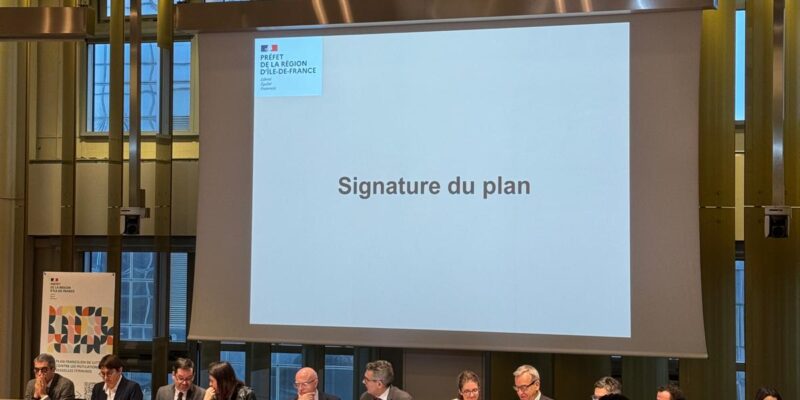10-02-2025
Anne-Marie Leal
Women’s Rights Researcher,
Global Human Rights Defence.
February 6th marks the International Day of Zero Tolerance for Female Genital Mutilation, a crucial date alongside March 8th, International Women’s Rights Day, and November 25th, the International Day for the Elimination of Violence Against Women. Yet it remains far less recognised, despite female genital mutilation affecting millions worldwide. Globally, 125 million women are survivors, with the highest prevalence in Africa (144 million cases), Asia (80 million), and the Middle East (6 million). Each year 4 million new cases are recorded (1).
Female genital mutilation encompasses all procedures that involve the partial or total removal of the external female genitalia or other injuries to the genital organs for non-medical reasons. Typically performed on girls before puberty as a rite of passage or as a means to control female sexuality, this harmful practice causes immediate pain and physical damage, as well as chronic health issues, psychological trauma, and long-term sexual dysfunction. It exists in several forms—from clitoridectomy, which involves the removal of the clitoral glans; to excision, which extends to the removal of parts of the labia; to infibulation, which narrows the vaginal opening by cutting and repositioning the labia; and even to other procedures such as pricking or piercing. All these practices are unacceptable from both human rights and public health perspectives (2) .
Spotlight on a French Initiative for Collective Mobilisation: A Blueprint for National Change
In France, female genital mutilation remains a pressing issue. In France alone, 125,000 women live with its consequences. The impact is particularly acute in the Île-de-France region; according to the MSF-MAP study, one in two women born in a country where female genital mutilation is practiced resides in this area, with a high concentration in Paris and Seine-Saint-Denis. In response, the Francilian Plan to Fight Female Genital Mutilation (2025-2028) has been launched with two main objectives: to prevent risks for at-risk women and girls and to provide comprehensive, multidisciplinary support to survivors (3).
The plan outlines nine targeted initiatives. A key priority is training healthcare professionals, educators, and social workers to better identify and support victims. Additionally, specialised training for the justice system and law enforcement is set to enhance the handling of female genital mutilation cases. The initiative also focuses on improving the reporting of at-risk situations through enhanced coordination among frontline workers. An innovative pilot programme in Montreuil will introduce a city-hospital care pathway for women affected by female genital mutilation, offering holistic support that combines medical, psychological, and social assistance (4).
A Shared Responsibility
This regional plan, developed through a collaborative effort between institutions, associations, and frontline professionals, represents a significant step forward in combating female genital mutilation in Île-de-France. However, its success depends on the commitment of all stakeholders—professionals, organisations, institutions, and citizens alike.
On this International Day, the message is clear: just as March 8th and November 25th remind us to fight for women’s rights and against violence, February 6th must be a day of decisive action. The fight against female genital mutilation must remain a priority until no girl or woman is ever at risk of this harmful practice again.
Sources and Further Readings:
(1) GAMS (2025. February 6th), Livret – les mutilations sexuelles féminines, réparer, protéger, accompagner. Consulted on February 6th.
(2) WHO (2025, January 31th), Female genital mutilation : Key Facts. Consulted on February 6th. Retrieved from https://www.who.int/news-room/fact-sheets/detail/female-genital-mutilation
(3) Lesclingand Marie et Alfonzo Gamez Anabell (2024), Projet MSF-MAP. Rapport final, Université Côte d’Azur, Rapport de recherche pour le Service des Droits des
Femmes et de l’Égalité entre les femmes et les hommes (SDFE), 60 p. (4) Préfecture de la région d’ Île-de-France préfecture de Paris (2025. February 6th), Plan francilien de lutte contre les mutilations sexuelles féminines (2025-2028). Consulted on February 6th.








Comments